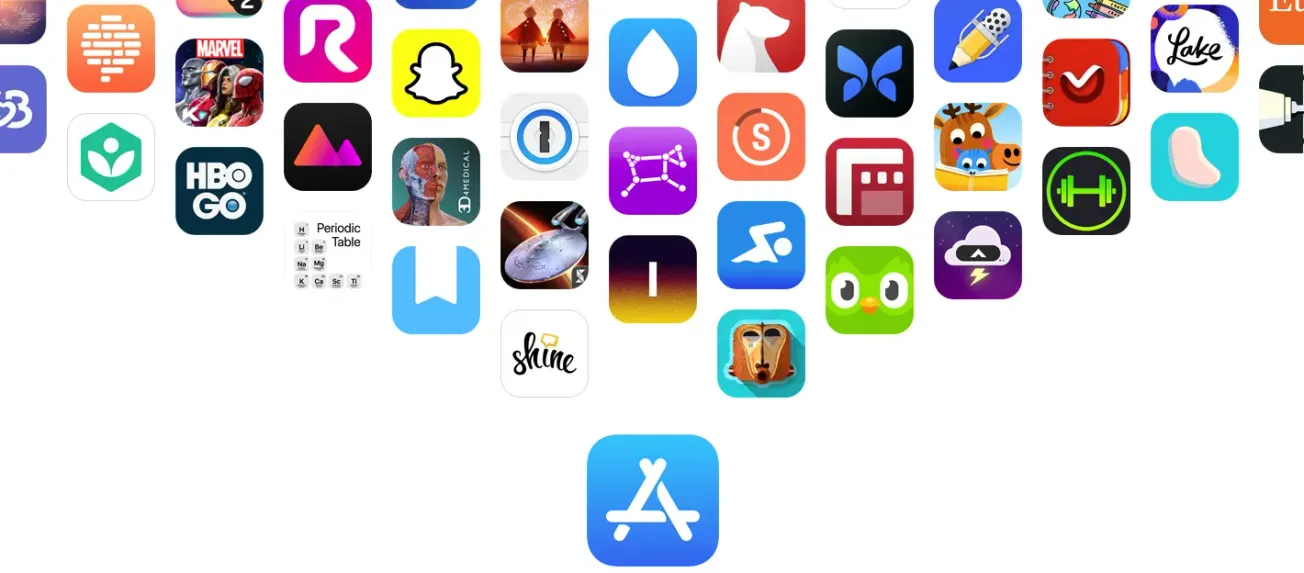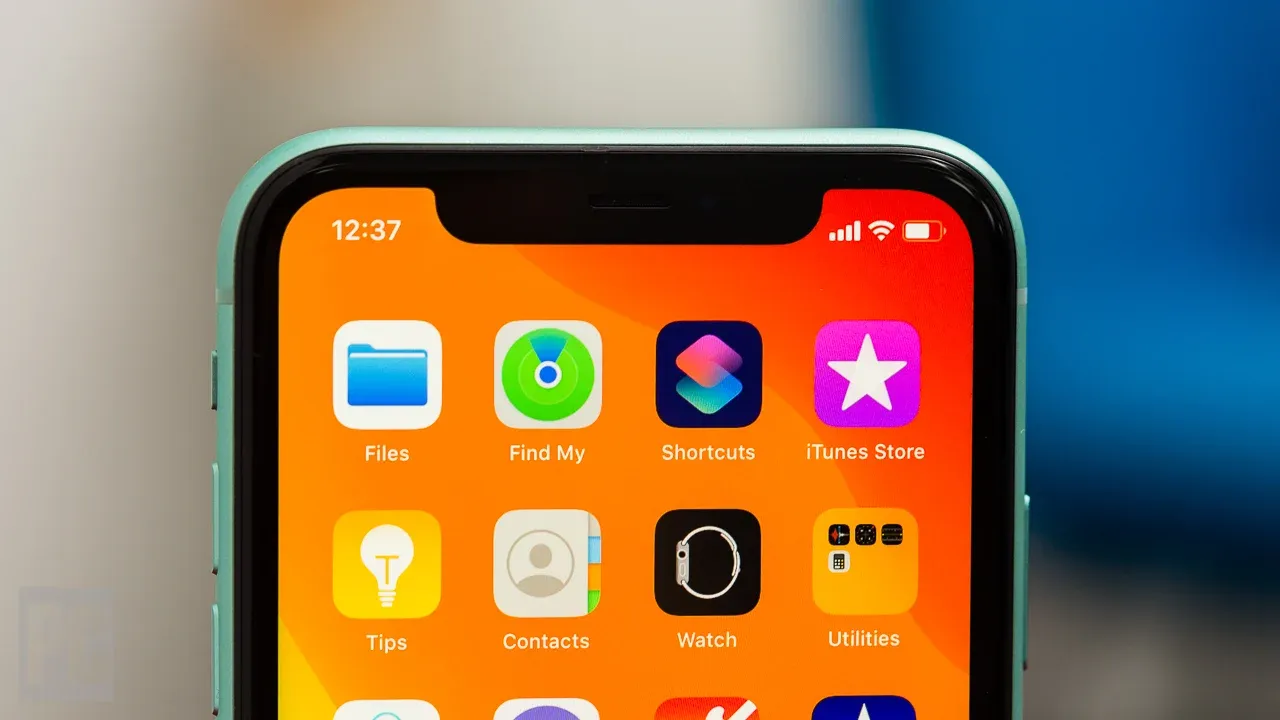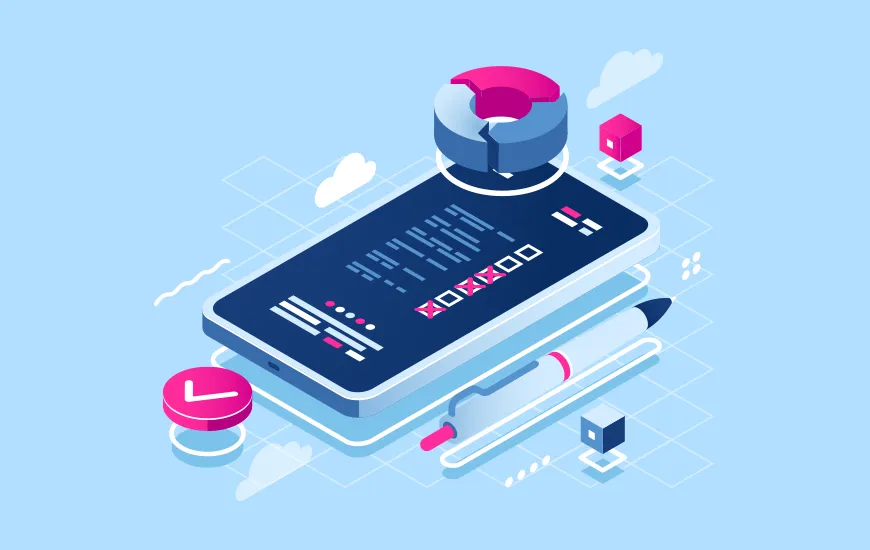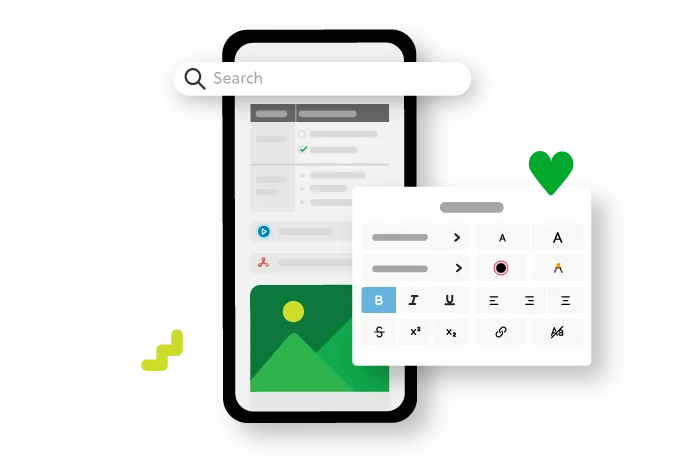Subscription fatigue is a real issue, I won’t deny. With so many apps switching from one-time payments to subscription models, it's understandable that people are frustrated. Users want access to a variety of apps and services but have hit a point where they simply can’t justify adding more subscriptions to their budget. I completely understand and agree with this sentiment. However, I often see people on social media arguing against subscription based models, with some even claiming it’s a rip-off, insisting that most apps don’t need to be subscription-based. I want to explore this a bit further because I see this from a different perspective.

I believe most people understand that apps offering content, like Spotify, Netflix, or The Athletic, are naturally suited for subscription models since there's an ongoing cost to create and deliver that content. Generally, I don’t think people mind subscriptions for these types of services, though they may be frustrated by the frequent price hikes, especially with apps like Netflix and Spotify.
Aside from content providers, there are two types of apps: those that rely on cloud services and those that don't.
For apps that use cloud services, I believe a subscription-based model makes sense, as they have ongoing costs to maintain. Take Dropbox, for example—syncing and backing up your files from your computer to the cloud requires a huge amount of storage and compute resources, which translates to significant recurring expenses. That’s why it operates on a subscription basis. Another example is a notes app like Craft, where all your notes—text, images, and PDFs—are securely stored, backed up in the cloud, and instantly synced across devices. These cloud services constantly run in the background, generating recurring costs for developers, which naturally gets passed on to users. For apps like these, it’s hard to argue against a subscription model. I don’t see how a one-time payment structure would sustain such services.

The more interesting issue arises with apps that don’t rely on cloud services and don’t have recurring costs, yet still opt for a subscription-based model instead of a one-time payment. Take Mimestream, for example—an email client for Mac that syncs with providers like Gmail. The criticism here is that Mimestream doesn’t handle storage or syncing itself; the email provider does. The app simply uses your computer and internet, without depending on any of its own services to function. Despite this, the developers chose a subscription model, sparking heavy criticism when it launched out of beta. The same goes for the Mastodon client, Ivory, which doesn’t have recurring server costs yet still charges users a subscription.
I completely understand where users are coming from, and I don’t disagree with the general sentiment. However, I think there are a few important aspects people tend to overlook when calling for one-time payments. Developers, even for one-time payment apps, still have a lot of ongoing work to do:
- OS Compatibility Updates: Developers must continually update their apps to stay compatible with every new OS release. You might have paid for the app during iOS 17, but now iOS 18 is here, and soon 18.1 will follow. Developers have to ensure their apps work seamlessly with every update across multiple operating systems like iOS, macOS, watchOS, iPadOS, tvOS, and now even visionOS. This requires extensive time, effort, and testing, not to mention fixing bugs that come up with each update.
- New OS Feature Support: With each OS release, users expect apps to adopt new features. When watchOS launched, users wanted companion apps. When iOS 13 introduced dark mode, users demanded dark mode integration. iOS 14 brought widgets, iOS 16 introduced lock screen widgets and live activities, and with iOS 18, users now want control center widgets and tinted icons. The scope of what apps need to offer today is far larger than it was a decade ago, and developing and maintaining all of these features is a substantial effort.
- Third-Party Dependencies: Many apps rely on third-party APIs. For instance, Mimestream uses Gmail’s API, Ivory relies on Mastodon and ActivityPub APIs, and apps like Croissant interact with Bluesky, Mastodon, and Threads APIs. Whenever these third-party services update or change, developers need to adapt their apps accordingly. It’s an ongoing process of maintenance that never really stops.
So, while I understand the frustration around subscriptions, there’s a lot more going on behind the scenes than people may realize. Users often overlook these three factors and may mistakenly expect developers to offer their apps for a one-time payment. In today’s fast-evolving tech landscape, expecting an app to work seamlessly across multiple operating systems and devices while incorporating all the latest features is no small feat. Developers must continuously update and improve their apps, even if they were initially sold for a one-time fee. These ongoing efforts often go unnoticed.

You might wonder how some apps still offer one-time payments and manage to do all the things I mentioned, like Cleanshot X, iA Writer, or Things 3. The truth is, they release new versions and charge for those. This shows that these companies still need a recurring income to keep up with updates, they just approach it differently. For example, I bought Cleanshot X for $30 as a one-time payment, but that only covered updates for one year. After that, I need to renew my license to get new updates. The same could happen with Things 4, if it's ever developed—we’ll have to pay again. So, even with one-time payment apps, you end up paying every year or few years.
There are no longer any true one-time payment apps that you can use for life. This model isn't viable in today’s world. You either pay a one-time fee and use the app for a few years before being forced to pay for the next update, or you opt for a subscription and pay annually. It's also worth noting that apps typically cost more upfront when sold as one-time payments (like Omnifocus for example) since you’re only compensating developers once every few years. In contrast, subscribing to the same app often costs significantly less upfront. In the end, you’re likely spending about the same amount on these apps, whether they are offered as one-time payments or subscriptions. So if you think about it, even one time payment apps are just recurring subscriptions in disguise.
I agree that for many macOS apps, especially utilities like Cleanshot X or Bartender, a one-time payment model makes more sense. These apps don’t have a large surface area for development, like widgets, live activities, or iOS counterparts. However, for apps like Mimestream or Craft, a subscription model is more appropriate.
Apps like Obsidian, Bear, and Drafts strike a good balance; they allow users to access all features for free but require a subscription for syncing services. This approach seems ideal for those types of apps.
On iOS, it’s even more challenging for apps to rely on a one-time payment model due to the platform’s dynamic nature, including frequent updates, evolving features, and increasing user expectations. The only apps that can realistically adopt a one-time payment structure are utility apps that don’t rely on cloud services. Most other app categories require server storage and computational resources, making it difficult to sustain a one-time payment model.

Personally as a user, I see some advantages as well to subscription-based apps that are often not talked about. For one, I can use the software for as long or short as I want and cancel my subscription whenever I choose. Subscriptions also allow me to explore a wider range of apps without the hesitation of high one-time payments. Additionally, subscription-based apps tend to introduce new features regularly and continuously improve the user experience. Moreover, with a subscription, I feel more confident that my recurring payment helps support small companies or indie developers, enabling them to remain profitable and continue creating and enhancing their apps.
While it's fair to criticize the high prices some apps charge, the focus shouldn’t be on whether they’ve adopted a subscription model but on whether their pricing is justified. The idea of 'subscription fatigue' is often misguided, it’s less about the recurring payments and more about rising costs. The real concern should be the overall value we’re getting for the price, not the payment model itself. Instead of directing frustration at apps that use subscription models, we should be questioning whether some of these apps are worth their high price tags.









